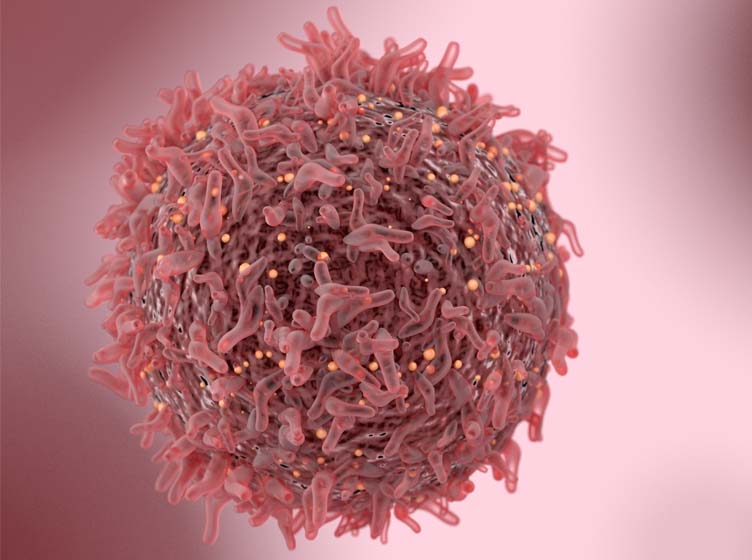BI-RADS SCALE: Standardization system for describing breast diagnostic tests
What is it?
Developed by the American Radiological Society, the BI-RADS scale is a classification of changes visible in an ultrasound, mammography or MRI exam. It defines the terminology to be used in examination descriptions, the descriptions’ structure and the final evaluation categories with suggested diagnostic algorithms for the physicians and recommendations for patients. Based on the result according to the BI-RADS classification, the physician makes a decision on how to proceed, recommending observation or earlier imaging, or giving a referral for a biopsy in order to verify changes in histopathology.
The classification categories are as follows:
BI-RADS 0: Due to the anatomy of the breast, it is necessary to conduct additional tests to enable a complete diagnosis. Recommendations may include comparison with previous tests or the need to perform additional mammography screening; e.g., targeted mammography or complementary ultrasound examination.
BI-RADS 1: Screening negative, recommended periodical imaging; for example, an ultrasound once per year.
BI-RADS 2: Screening negative, presence of benign changes; for example, simple cysts, small fibroadenomas, scattered microcalcifications.
BI-RADS 3: Screening has detected a probably benign change, malignancy risk is up to 2%, recommended further imaging in 6 months; may include changes such as clusters of microcalcifications, complex cysts, fibroadenomas, asymmetric focal findings. In women with an increased risk of breast cancer, a core biopsy and collection of material for histopathological examination is recommended.
BI-RADS 4: Screening displaying presence of a change necessitating a biopsy in order to determine its character. Due to the wide spectrum of malignancy in this group, the authors have identified three sub-categories: BI-RADS 4a, 4b and 4c; the estimated risk of the presence of malicious changes is distributed respectively: 2%–10%, 10%–50% and 50%–95%. In any case, the recommendation would be to perform a histopathological verification of the change via core or Mammotome biopsy.
BI-RADS 5: Screening has detected the presence of a highly suspected change, malignancy risk greater than 95%, core biopsy indicated urgently. Negative result of a histopathology examination does not rule out the malignant character of a change and additional diagnostics and/or surgical biopsy may still be performed.
BI-RADS 6: Breast cancer diagnosed and confirmed in a histopathological examination.
The use of the BI-RADS system is beneficial both in screening and in diagnostic centers, as the categorization of changes in imaging examinations facilitates communication between members of a multidisciplinary team dealing with breast disease diagnostics and treatment. This allows for the appropriate diagnostic and therapeutic treatment and consequently increases the quality and effectiveness of medical care.
1. American College of Radiology’s BI-RADS Atlas, 5th Edition. American College of Radiology, 2013
3. K. Wardzyńska, E. Wesołowska; Zasady kwalifikacji zmian gruczołu piersiowego wykrytych w badaniu mammograficznym według systemu BI-RADS; Journal of Oncology, 2010; Volume 60, Number 2; 136–146.




Sign In
Create New Account